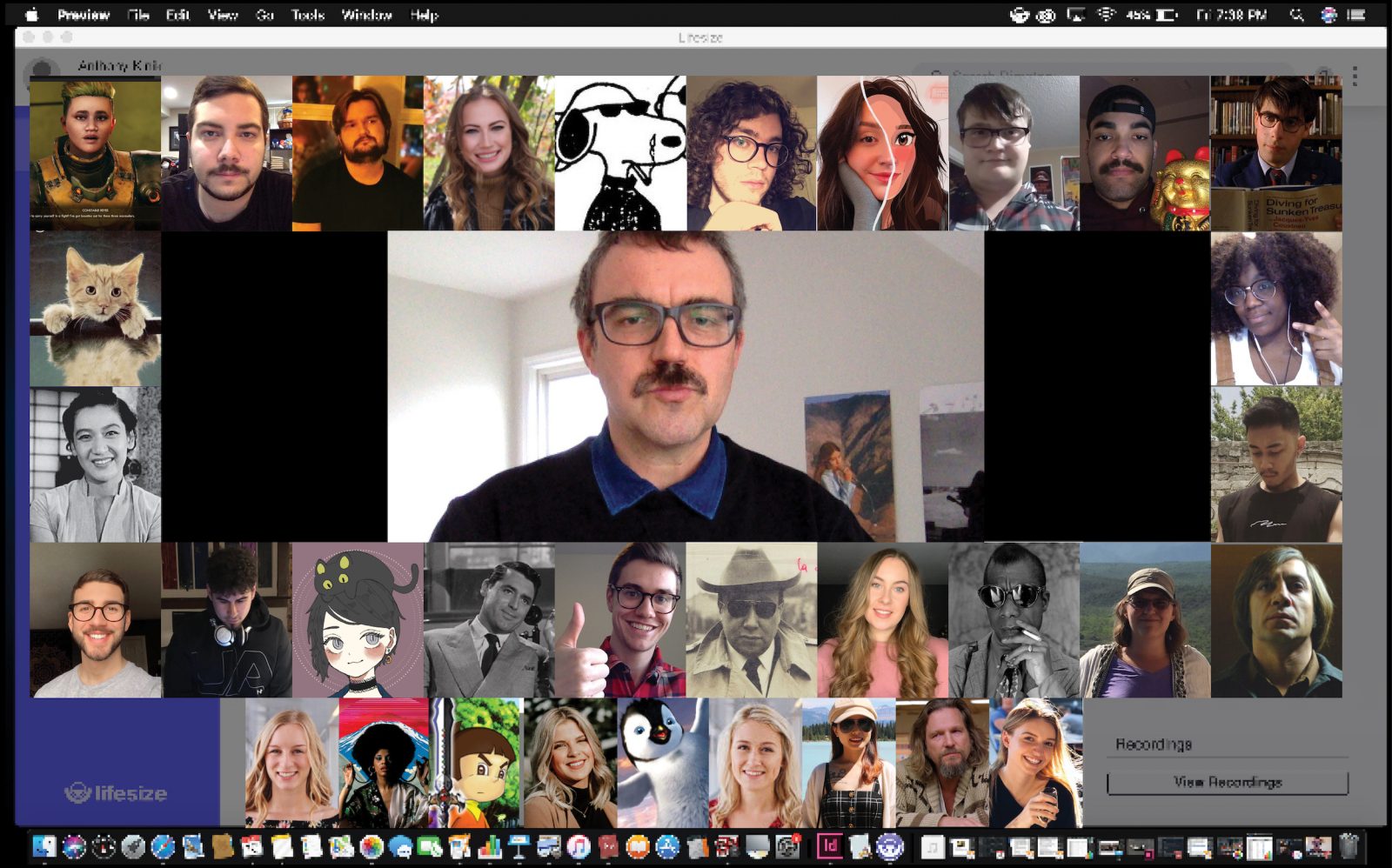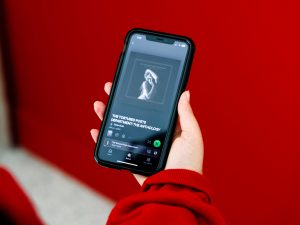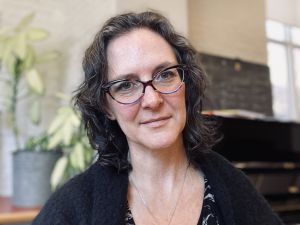 The content developers, editorial board and production team of the latest edition of Media & Culture, the online journal published by students in “Writing Cultural Criticism for the Media.”
The content developers, editorial board and production team of the latest edition of Media & Culture, the online journal published by students in “Writing Cultural Criticism for the Media.” When students enrolled in the “Writing Cultural Criticism for the Media” course began working on their online journal project in January, they already had a sense of the threat posed by the novel coronavirus.
“Part of the class involves encouraging the students to behave like cultural critics, to keep their eyes and ears open, and to pay attention what’s happening in the world — locally, regionally, nationally, globally,” says Assistant Professor Anthony Kinik in the Department of Communication, Popular Culture and Film, where the course is housed. “Every week we spent a certain amount of time discussing such issues, just as you might if you were a part of a publication. Not surprisingly, coronavirus began to be a weekly topic of discussion in January. By early March, it had become the dominant topic.”
Kinik had taught COMM/FILM/PCUL 4P59 a few times before conceiving of the idea of having the students produce a complete journal of cultural criticism.
“Students were required to submit a minimum of three reviews to the journal, and they were asked to revise their work, update it, professionalize it and make it as dynamic as possible with hyperlinks, photos, videos, gifs, graphs and charts,” Kinik says. “They confronted the question: what makes for compelling online content?”
This year’s group of 25 students was only the second class to take on the challenge of producing a full edition in three short months, but they were the first to attempt it in the midst of a pandemic.
“The course included a workshop element where students would submit reviews for the entire class to read and discuss,” says Kinik. “The class became an editorial board of sorts. In [early] March, the students began spending a chunk of every weekly session breaking off into different groups to work on editorial, design, social media and multimedia/proofreading.”
The collaborative students were just starting to pick up momentum, Kinik says, when in-person classes were suspended and the workshops had to be scrapped.
“Suddenly we were put in the position of doing these things remotely, at a distance from one another, and there was a real risk that the entire project might fall apart.”
But the group worked hard to stay on track.
Using online forums, chat rooms, email, and other supports, the students found a way to keep their editorial process intact.
The 2020 edition of Media & Culture, now available online, demonstrates they ways in which creativity can thrive under limitations.
Covering a huge array of cultural topics — from Dua Lipa to Animal Crossing, from Chernobyl to fashion week and beyond — the journal offers thoughtful, insightful criticism for popular reading. Some reviews are written while others are presented as podcasts, but all show a careful attention both to the zeitgeist and to the editing input of their classmates.
Marina Sheridan, a fourth-year Media and Communications student from Whitby, says that transitioning to online course delivery presented challenges to prioritizing time, especially considering how much effort had already been put in during the first few months of term.
“Having the journal finally released and open for people to read is so rewarding because I can see how much our hard work is paying off,” says Sheridan. “We are all so proud of what we have accomplished in this class with the help of Professor Kinik.”
“The disruption caused by the COVID-19 pandemic and the abrupt end of face-to-face classes at Brock has been very difficult for both students and faculty, but Professor Kinik’s innovative Media & Culture project offered an important way for students in his class to continue to collaborate, share their ideas and insights, and maintain a sense of connection and shared purpose,” says Sarah Matheson, Chair of the Department of Communication, Popular Culture and Film.
“The range of topics and the creative, insightful cultural criticism presented is impressive, but even more impressive is the perseverance shown by this group of students who, with the help and support of Professor Kinik, were able to produce this amazing project during a very trying time.”








